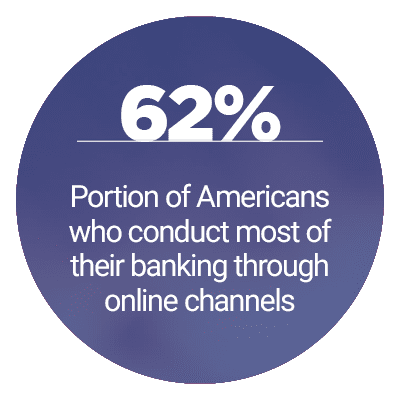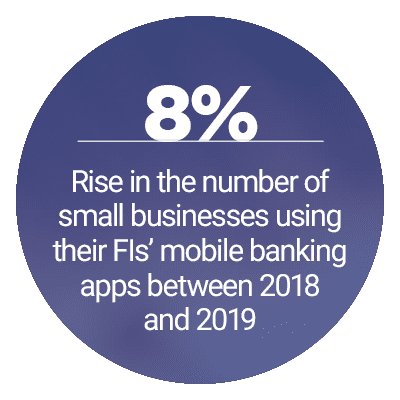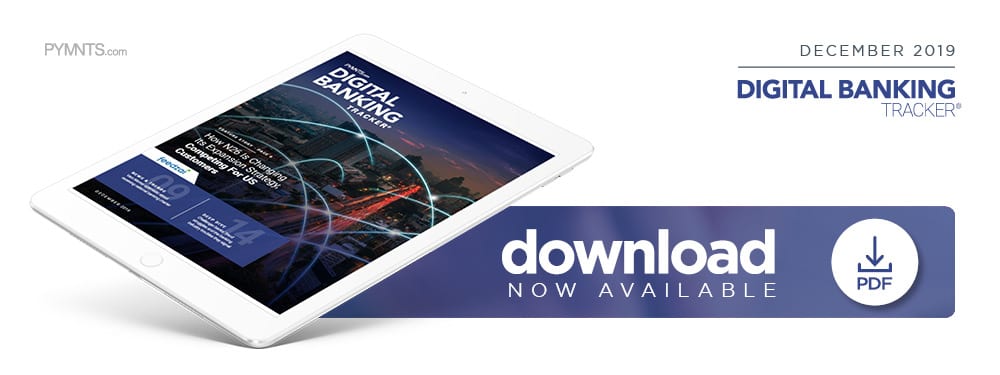Inside N26’s Strategy to Win US Customers

Challenger banks with a couple of operating years behind them are beginning to get a taste of the problems they handed to legacy banking institutions. These challenger banks are now competing with an emerging group of financial startups, which are coming armed with innovative technologies and specialized products of their own. Both legacy banks and established challengers must, therefore, revamp their approaches to keep up.
In the latest “Digital Banking Tracker®,” PYMNTS examines how the digital banking world is rapidly changing, along with the innovative tools and technologies that banks of various levels and experience are using to keep customers interested in their products over those of competitors.
Around the Digital Banking World
Established challenger banks are now vying for customers against newer financial startups, especially those in the crowded European banking market. Startups like Atom, Tandem and Tide are all looking to provide financial offerings to customers in one specific area of banking, relying on tried and true approaches originally taken by older challengers like Monzo: first, by launching a single banking product, such as online checking accounts, then growing its customer base with that one product.
Banks are also attempting to entice customers by upgrading their mobile banking tools, including financial institutions (FIs) like Bank of America. The FI released a new version of its mobile app for both Apple and Android users, offering more personalized insights and new upgrades to its AI-driven chatbot, Erica. The app is designed to offer more support for consumers by providing a more transparent look at their finances.
Banks are not the only entities looking to take advantage of greater digital connectivity and transparency, though. Technology company Google is planning to offer a checking account product of its own in 2020, which will allow the company access to privileged financial data. It will work with banking partners to consolidate the checking account offering.
For more on these and other stories, visit the Tracker’s News & Trends section.
N26 CEO On Banks’ U.S. Expansion Efforts
Challenger banks are used to competing with larger, more established players. However, there is now an additional host of younger, nimbler startups and technology companies looking to poach customers. These challengers must be prepared to stand out in a highly saturated field, and, to do so, their banking products and experiences must be precisely tailored to each market. That is why Germany-based challenger bank N26 is changing its customer service approach as it works to make its mark in the U.S., according to Nicolas Kopp, U.S. CEO for the bank.
To learn more about how N26 is changing its customer service strategy to better appeal to U.S. consumers, visit the Tracker’s feat ure story.
ure story.
How Digital Transformation Means More Opportunities For Fraudsters
Both fraudsters and banks are familiar with the rules of the game: Each has access to innovative technologies to break into or protect sensitive banking data. Banks are connecting to more data than ever as Open Banking rules and changes sweep across Europe and other markets. However, not all banks have the same level of security as their counterparts, and fraudsters are becoming more practiced at finding those security weak points.
To learn more about the digital banking security gap, visit the Tracker’s Deep Dive.
About the Tracker
The “Digital Banking Tracker®,” a Feedzai collaboration, brings the latest news, research and expert commentary from the FinTech and consumer banking space. It also includes a provider directory, featuring the rankings of more than 250 companies serving or powering the digital banking sector.

